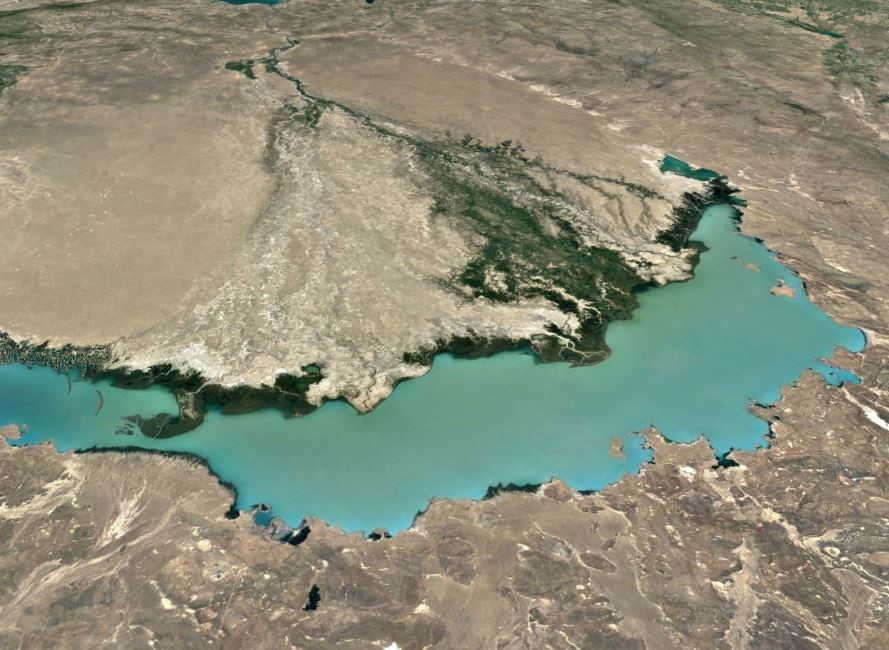19th June 2018
Abstract
Historically the Triassic continental succession of the Central North Sea (CNS) has proven problematic from an exploration perspective due to a limited basin-wide understanding of depositional systems. Primary problems include a lithostartigraphically based correlation framework, poor age control due to limited biostratigraphic recovery, differences in stratigraphic nomenclature across the basin, and poor seismic resolution.
This succession, comprising the Early Triassic Smith Bank and Mid-Late Triassic Skagerrak formations, represents alternations of sandstone and mudstone dominated packages reflecting a wide variety of sedimentary environments and their resultant facies.
The approach presented here integrates heavy mineral zonation/provenance studies, palynology and core-wireline facies analysis to address some of the identified issues. Through the use of refined palynology processing techniques it has been possible to obtain an updated palynomorph data set from which a robust biostratigraphic zonation scheme has been established to provide a chronostratigraphic framework across the basin. The use of multivariate statistical techniques, such as correspondence analysis, have also been applied to this updated palynomorph data set to quantitatively reconstruct paleo-environments. The resultant relative climate trends across the basin show that the relationship between climate and individual members is perhaps not a simple as first indicated by existing models, e.g. a non-definitive link between mudstone deposition and climate.
The application of updated heavy mineral techniques, such as the use of provenance sensitive ratios and morphological characterisation, have assisted in constructing a mineralogical-based stratigraphic framework from which distinctive variations within individual members / packages have been identified. This complements additional mineral-specific geochemical work, such as detrital zircon analysis and tourmaline geochemistry, that has highlighted distinct provenance variations between individual members. This has allowed identification of these units, both within the CNS and beyond, aiding the understanding of sediment routing into the basin. The combination of these heavy mineral and palynology results allows a robust correlation framework that includes both sandstone and mudstone dominated intervals.
Core-wireline analysis allows core identified facies and their corresponding wireline log expressions to be used as a training dataset for Self-Organising Map (SOM) neural networks. These core controlled SOMs can then be used as templates from which to predict facies in un-cored intervals and un-cored surrounding wells using only wireline data, thus creating regionally predicted facies across the basin in over 400 wells. These regional predictions have been broken down into member and sub-member level datasets, using the correlation framework built from heavy mineral and palynological work, from which quantified discrete individual fluvial systems have been reconstructed.
The integration of these disciplines has allowed us to refine and build upon the existing correlation framework without full reliance on lithostratigraphy. Within this refined framework it has been possible to produce age constrained paleo-environmental reconstructions and facies distributions, thus improving our understanding of reservoir presence and distribution. This integrated approach is not limited to continental successions such as the CNS Triassic and is applicable to other clastic depositional systems.

Possible Modern day depositional analogue from the Ili river, Lake Balkhash, Kazakhstan (image sourced from google earth)

